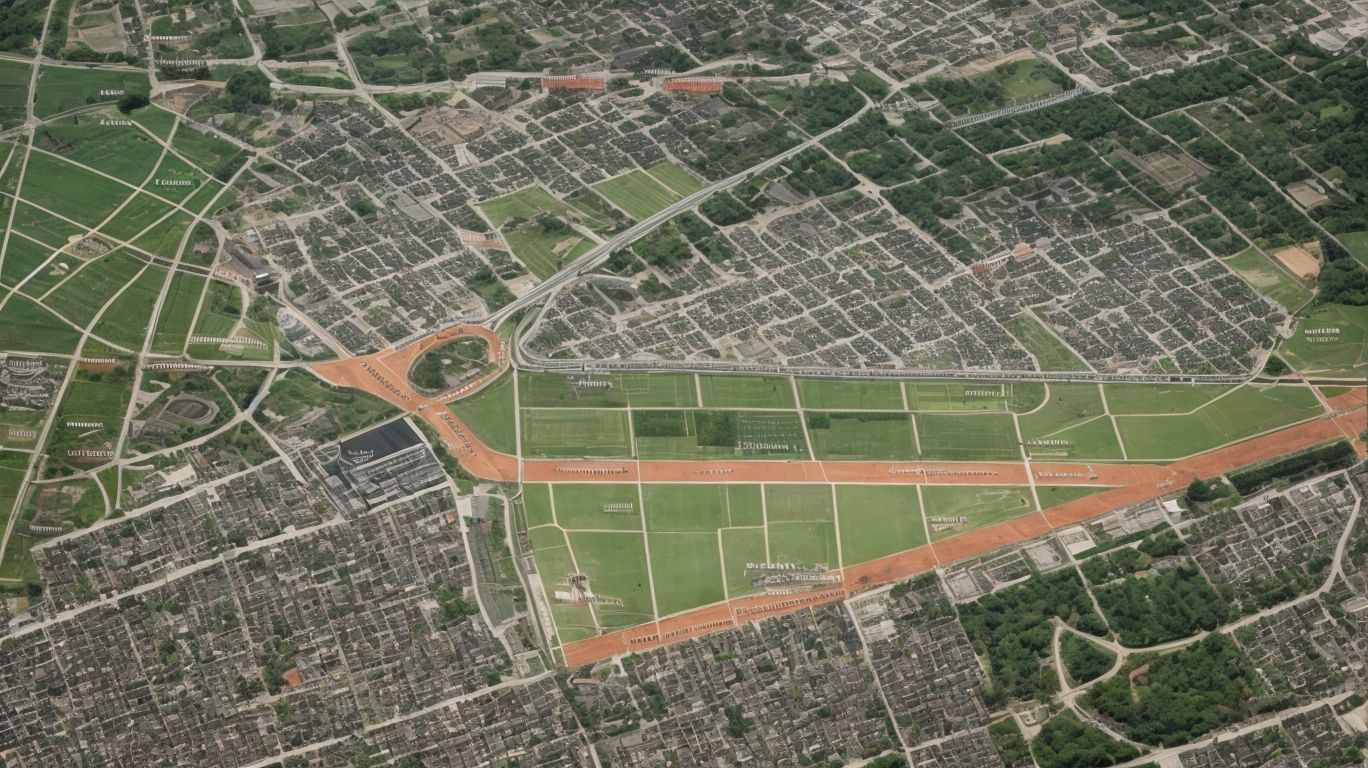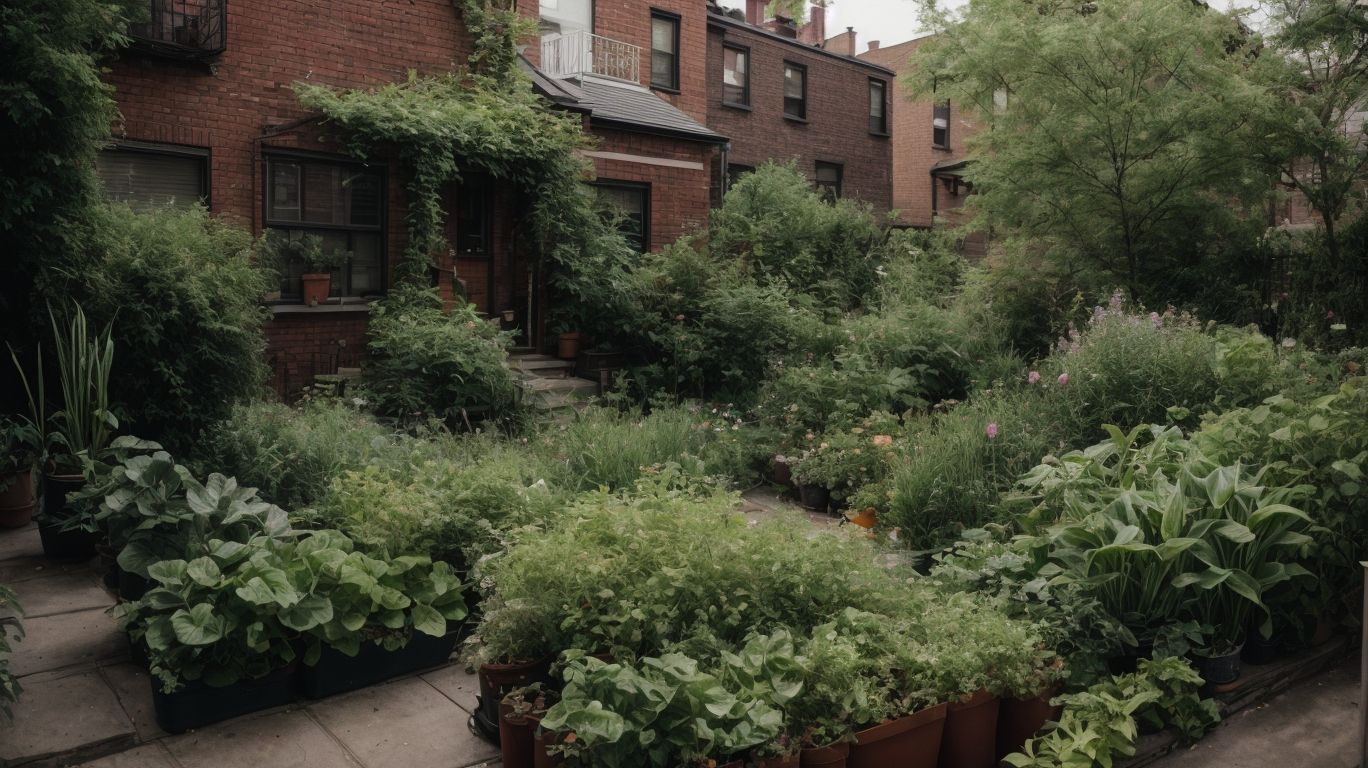If you’re an avid gardener in the beautiful state of Arkansas, understanding your gardening zone is crucial for successful and thriving plants. In this comprehensive guide, we’ll delve into everything you need to know about gardening zones in Arkansas. From understanding how these zones are determined to identifying the specific gardening zone for Arkansas, we’ll explore the factors that influence it. We’ll highlight the best plants, including recommended vegetables, ideal flowers, and suitable trees for your Arkansas gardening zone.
As we navigate through this article, we’ll address the challenges you may encounter, such as common pests and diseases, and how the climate impacts gardening in the state. We’ll provide valuable tips for successful gardening in your Arkansas gardening zone, including recommended planting and harvesting times and strategies for protecting your plants from extreme weather. Whether you’re a seasoned gardener or just starting out, this guide will equip you with the knowledge and insights to optimize your gardening experience in the state of Arkansas.
Key Takeaways:
What Is a Gardening Zone?
A gardening zone, also known as a plant hardiness zone, is a geographical area defined by specific climate conditions and temperatures that determine which plants are most likely to thrive in that region.
These zones are crucial for gardeners and horticulturists as they provide valuable information about the average minimum temperatures of a particular area, thereby guiding the selection of plants capable of withstanding those conditions.
In Arkansas, the USDA Hardiness Zone Map is used to identify the appropriate plants for different regions of the state based on the average annual extreme minimum temperatures.
Understanding the gardening zones allows gardeners to make informed decisions about the selection and cultivation of plant varieties that are best suited to thrive in their specific climate.
How Are Gardening Zones Determined?
Gardening zones are primarily determined based on the USDA Plant Hardiness Zones map, which divides the United States into different zones based on average annual minimum winter temperatures.
These zones play a crucial role in helping gardeners select plants that are most likely to thrive in their specific region. The USDA Plant Hardiness Zones map uses specific temperature thresholds to delineate each zone. For instance, Zone 1 has the coldest temperatures, while Zone 13 has the warmest. Each zone represents a 10°F difference in the average annual minimum temperature. This allows gardeners to understand the climate conditions in their area and choose plants that are best suited to their gardening zone.
What Is the Gardening Zone for the State of Arkansas?
The State of Arkansas falls within USDA Plant Hardiness Zones 6a and 8a, indicating the range of winter temperatures suitable for various plant species in the region.
Zone 6a in Arkansas experiences minimum average temperatures of -10 to -5 degrees Fahrenheit, allowing for the cultivation of cold-hardy plants such as Japanese maple, hydrangea, and certain varieties of roses. On the other hand, Zone 8a showcases milder winters with minimum average temperatures of 10 to 15 degrees Fahrenheit, accommodating a wider range of plants, including citrus trees, crape myrtle, and sweet bay magnolia.
Gardeners in Arkansas need to consider these distinctions when selecting plants for their landscaping and gardening projects, ensuring that they align with the specific zone’s temperature and climate characteristics.
What Are the Factors That Determine the Gardening Zone for Arkansas?
Several factors contribute to defining the gardening zone for Arkansas, including temperature ranges, climate patterns, and geographic location within the United States.
Arkansas experiences a varied climate, with the northern part of the state having cooler temperatures than the southern regions. This diverse climate influences the types of plants and crops that can thrive in different areas of the state. Arkansas’s position within the USDA zoning system plays a significant role in determining its gardening zone, as it falls within zones 6a to 8b. These zones are crucial in guiding gardeners on the suitability of specific plant species, taking into account the state’s average annual minimum temperature and frost dates.
What Are the Best Plants to Grow in the Arkansas Gardening Zone?
The Arkansas gardening zone offers an ideal environment for cultivating a diverse array of plant species, aligning with the latest plant trends and horticultural preferences for the year 2024.
The favorable climate and rich soil in the Arkansas gardening zone make it conducive for growing a plethora of ornamental plants, fruit-bearing trees, and a variety of vegetables, encompassing the growing emphasis on sustainable and organic gardening practices. With a growing interest in native plants and pollinator-friendly species, Arkansas gardeners are increasingly inclined towards developing diverse ecosystems within their gardens.
In line with the 2024 trends, vertical gardening and container gardening have gained popularity, enabling residents to maximize space utilization while adding aesthetic appeal. It is evident that the Arkansas gardening zone continues to adapt to the evolving green trends by fostering a community that values biodiversity, sustainability, and creating beautiful, functional landscapes.
What Are the Recommended Vegetables for Arkansas Gardening Zone?
In the Arkansas gardening zone, an assortment of vegetables thrives exceptionally well, making them popular choices for home gardening and local agricultural practices.
Among the recommended vegetables for cultivation in this region are tomatoes, bell peppers, and cucumbers. These warm-season crops require ample sunlight and well-drained soil, which are typical conditions in Arkansas.
Additionally, collard greens, okra, and sweet potatoes are also well-suited for this zone. These vegetables not only adapt well to the climate and soil but also offer numerous culinary and nutritional benefits for local residents.
Furthermore, zucchini and yellow squash thrive in the warm summers, making them great additions to garden plots or agricultural fields in Arkansas.
What Are the Ideal Flowers for Arkansas Gardening Zone?
The Arkansas gardening zone provides an excellent environment for nurturing a vibrant selection of flowers, encompassing both native blooms and popular ornamental varieties sought after by gardening enthusiasts.
In this gardening zone, native species like the pink coneflower and the Arkansas yucca thrive effortlessly, adding a touch of natural beauty to any garden. Alongside these native wonders, popular ornamental blooms such as hydrangeas, roses, and daylilies also flourish in this temperate climate, offering an array of colors and fragrances to elevate the gardening experience.
Gardening enthusiasts in Arkansas often cherish the delicate dogwood blooms, which symbolize endurance and love, creating a picturesque landscape during spring. The adaptable black-eyed Susan and the vibrant coreopsis, with their golden hues, further accentuate the garden with their cheerful presence.
What Are the Suitable Trees for Arkansas Gardening Zone?
A diverse range of trees thrives in the Arkansas gardening zone, offering options for landscaping, shade provision, and ecological benefits within the local environment.
One popular tree variety suited for the Arkansas gardening zone is the Southern Magnolia. Known for its striking white blossoms and glossy green leaves, it adds a touch of elegance to any landscape. The White Oak and Red Maple trees are excellent choices for providing ample shade, particularly during the hot Arkansas summers.
The American Holly and Eastern Redbud trees not only beautify the surroundings but also contribute to the local ecology by providing habitats for birds and small wildlife. These trees are valuable additions for a sustainable and biodiverse environment.
What Are the Challenges of Gardening in Arkansas Gardening Zone?
Gardening in the Arkansas gardening zone presents various challenges, including prevalent pests, diseases, and the impact of the region’s climate on plant cultivation.
Dealing with persistent pests such as grasshoppers, aphids, and Japanese beetles can be a significant hurdle for gardeners in this region. Common diseases such as powdery mildew and blossom end rot necessitate careful monitoring and management. The erratic weather patterns and frequent humidity in Arkansas can be particularly challenging, affecting the growth and health of plants. Understanding the specific demands of the Arkansas gardening zone is vital for successful gardening endeavors in this area.
What Are the Common Pests and Diseases in Arkansas Gardening Zone?
The Arkansas gardening zone experiences specific pests and diseases that pose challenges to plant health and require targeted management strategies for effective control and prevention.
Some prevalent pests in the Arkansas gardening zone include the Japanese beetles, armyworms, and aphids, which can significantly damage crops and ornamental plants. Similarly, common diseases such as powdery mildew, root rot, and early blight can impact the overall health of plants. Therefore, it is essential for gardeners to implement integrated pest management practices, including regular monitoring, proper sanitation, and the use of resistant plant varieties.
Promoting soil health and maintaining optimal growing conditions can help mitigate the risks of prevalent pests and diseases in the Arkansas gardening zone.
How Does the Climate of Arkansas Affect Gardening in the State?
The climate of Arkansas significantly influences gardening practices and plant cultivation within the state, shaping the choices of suitable species and the management of environmental conditions.
Arkansas experiences a varied climate, with hot and humid summers and mild winters, impacting the selection of plants for gardens. Gardeners must carefully consider heat-resistant and cold-hardy species that can thrive in these conditions.
The state’s rainfall patterns and soil types further influence the choice of plants and the need for efficient irrigation systems to optimize growth. Understanding these environmental factors is crucial for successful gardening in Arkansas.
What Are the Tips for Successful Gardening in Arkansas Gardening Zone?
Implementing effective strategies for planting, harvesting, and protecting plants from extreme weather conditions is crucial for successful gardening in the Arkansas gardening zone.
Regarding gardening in Arkansas, choosing the right plants for the zone is essential. Arkansas gardening zone falls under zones 6 and 7, which means a diverse range of plant species can thrive here, including vegetables, fruit trees, and indigenous flowers.
Understanding the optimal planting and harvesting times for various crops is also key. For instance, planting tomatoes in late March to early April and harvesting them from June to October can produce robust yields.
Additionally, protecting plants from extreme weather such as summer heatwaves and heavy rainfall demands appropriate measures. Mulching to retain moisture and using shade cloths can mitigate the impact of intense sunlight, while sturdy supports and stakes can secure plants during storms.
What Are the Recommended Planting and Harvesting Times for Arkansas Gardening Zone?
Understanding the ideal planting and harvesting times specific to the Arkansas gardening zone is essential for maximizing the yield and growth potential of cultivated plants.
In the Arkansas gardening zone, the planting timeline varies depending on the specific crop. For warm-season vegetables like tomatoes and peppers, it’s recommended to plant after the last spring frost, often around mid to late April. On the other hand, cool-season crops such as lettuce and carrots thrive when planted in late winter or early spring.
The harvesting window for most crops falls between late spring and early fall, aligning with the optimal growing conditions and ensuring a bountiful harvest.
How Can Gardeners Protect Their Plants from Extreme Weather in Arkansas Gardening Zone?
Gardeners in the Arkansas gardening zone can safeguard their plants from adverse effects of extreme weather through proactive measures such as protective coverings, strategic positioning, and appropriate plant selection.
Protective coverings, such as frost cloth or row covers, can shield plants from freezing temperatures and strong winds. Additionally, mulching around the base of plants acts as an insulating barrier, helping to maintain a stable soil temperature.
Strategic positioning involves placing vulnerable plants in sheltered areas, such as near buildings or trees, to reduce their exposure to harsh conditions. Choosing resilient plant varieties and paying attention to their hardiness zones is also crucial in creating a weather-resilient garden.
Frequently Asked Questions
1. What is the gardening zone for the state of Arkansas?
The gardening zone for Arkansas is classified as zone 7, which is a temperate zone with mild winters and hot, humid summers.
2. Are there specific plants that thrive in the gardening zone for Arkansas?
Yes, there are many plants that do well in Arkansas’ gardening zone, including azaleas, hydrangeas, and dogwoods for flowers, and tomatoes, peppers, and squash for vegetables.
3. Can I grow fruits and vegetables in the gardening zone for Arkansas?
Absolutely! Arkansas’ gardening zone is ideal for growing a variety of fruits and vegetables such as strawberries, blueberries, watermelons, and cucumbers.
4. What is the best time to start planting in the gardening zone for Arkansas?
The best time to start planting in Arkansas’ gardening zone is in early spring, typically around mid-March. This allows for plants to establish root systems before the intense summer heat sets in.
5. Do I need to take any precautions for extreme weather in the gardening zone for Arkansas?
Yes, it is important to be prepared for extreme weather events such as thunderstorms, tornadoes, and heat waves in Arkansas’ gardening zone. Make sure to secure your garden and protect plants during severe weather.
6. Is it possible to have a year-round garden in the gardening zone for Arkansas?
While some plants may not survive the harsh winters in Arkansas’ gardening zone, there are certain cold-hardy varieties and techniques, such as using cold frames and row covers, that can extend the growing season and allow for a year-round garden.


